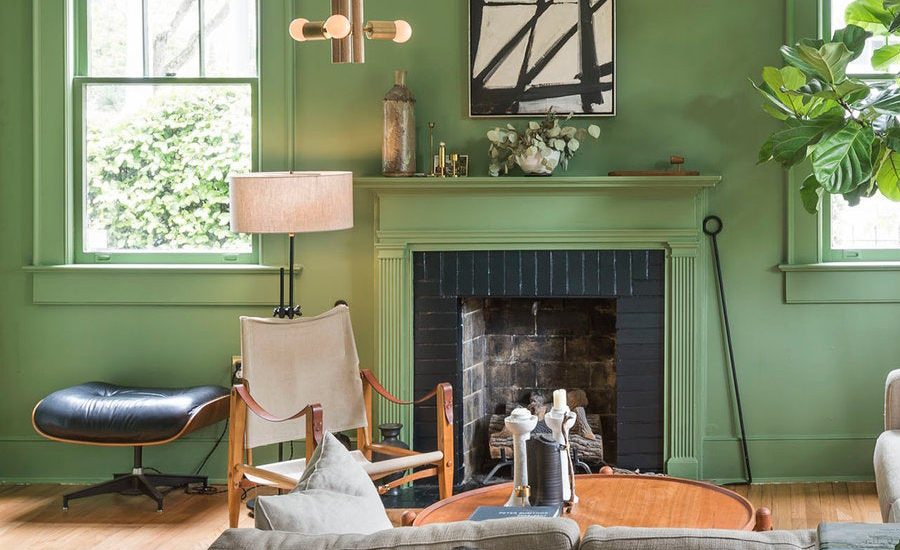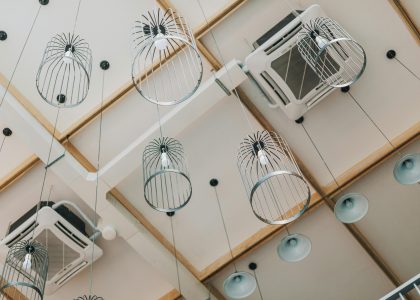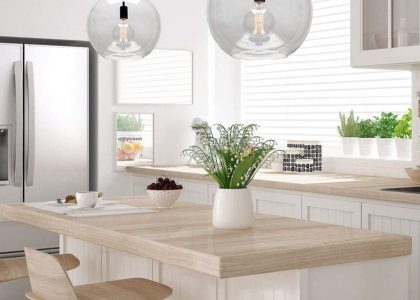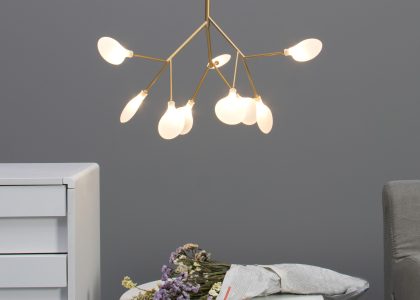The Importance of Indoor Lighting
Indoor lighting plays a crucial role in our daily lives. Not only does it allow us to see and navigate our spaces, but it also affects our mood, health, and well-being. Poor lighting can lead to eye strain, headaches, and fatigue, while good lighting can create a comfortable and inviting atmosphere.
Types of Indoor Lighting
There are three main types of indoor lighting: ambient, task, and accent lighting.
Ambient Lighting
Ambient lighting is the primary source of light in a room. It provides a general illumination that allows us to move around and see our surroundings. Examples of ambient lighting include ceiling-mounted fixtures, chandeliers, and wall sconces.
Task Lighting
Task lighting is designed to provide focused illumination for specific tasks. It is typically brighter than ambient lighting and can be adjusted to suit individual needs. Examples of task lighting include desk lamps, reading lamps, and under-cabinet lights.
Accent Lighting
Accent lighting is used to highlight or accentuate specific features in a room, such as artwork or architectural details. It is typically brighter than ambient lighting but softer than task lighting. Examples of accent lighting include track lighting, picture lights, and wall washers.
Tips for Perfecting Interior Lighting
Here are some tips for creating a perfectly lit indoor space:
1. Layered Lighting
To create a dynamic and inviting space, it is important to use a combination of ambient, task, and accent lighting. By layering these types of lighting, you can create different moods and adjust the level of illumination according to your needs.
2. Use Dimmers
Dimmers allow you to adjust the level of lighting in a space, giving you greater control over the atmosphere. They can also help save energy by reducing the amount of electricity used.
3. Choose Energy-Efficient Bulbs
Energy-efficient bulbs, such as LED and CFL bulbs, use less energy than traditional incandescent bulbs and last longer. They can also produce the same amount of light while using less electricity.
4. Consider Color Temperature
Color temperature refers to the appearance of the light produced by a bulb. Bulbs with a cooler color temperature (above 5000K) produce a bluer hue, while bulbs with a warmer color temperature (below 2700K) produce a more yellow or orange hue. Consider the color temperature when choosing your bulbs to ensure that they create the desired atmosphere.
5. Take Advantage of Natural Light
Natural light can enhance the overall illumination in a room and provide a connection to the outdoors. Consider the use of window treatments and placement of furniture to take advantage of natural light sources.
Creating the perfect indoor lighting system requires a combination of careful planning and creative design. By using a variety of lighting types and taking into consideration factors such as color temperature and energy efficiency, you can create a comfortable and inviting atmosphere that enhances your overall well-being. So why not try implementing some of these tips and see how they can improve your indoor lighting?





